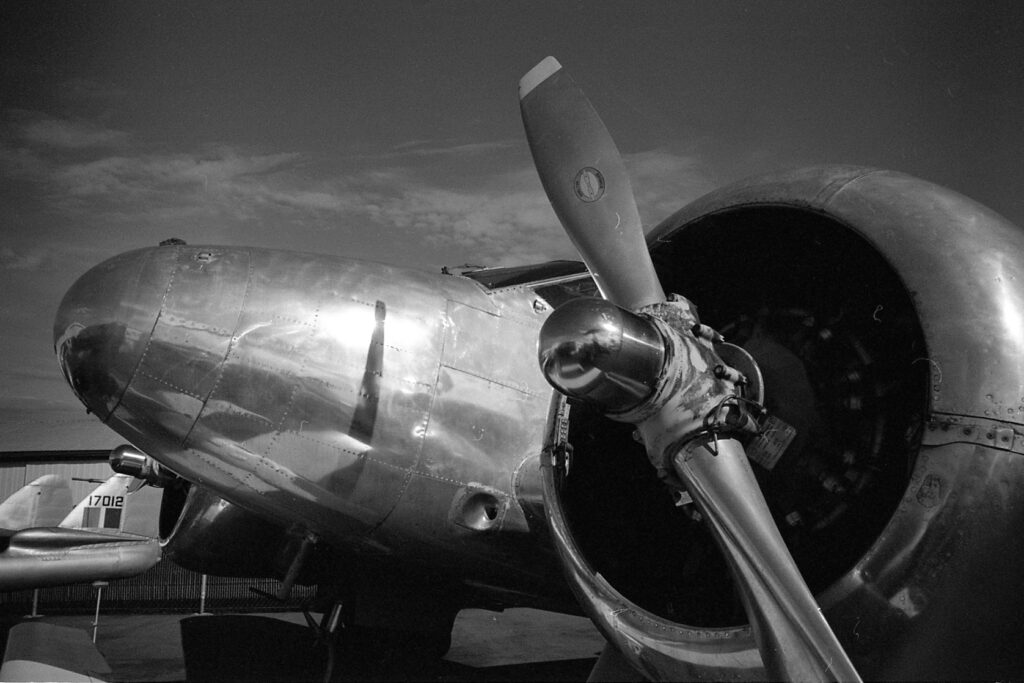Also today were announced the new Fujifilm X-T30 III and the XC 13-33mm F3.5-6.3 OIS.
The X-T30 III is just a refresh of the X-T30 II from 2021, the entry level X-series body. Added is the new processor on top of the X-Trans IV sensor, bringing it in par with the X-M5 and X-S20, with updated auto focus and video capabilities.
From the control changes, the left dial is no longer used for drive. but instead is, like on the X-T50 and the X-M5, the film simulation dial, with support for film recipes as introduced by the X-E5. Still hoping for a firmware update doing this on the X-M5.
It also adds direct printing support to the Instax Link printers as well as the associated “crops” for the Mini, Square and Wide formats. Fujifilm, can we get a firmware update to do that on the X-M5 and X-E5 ?
This camera comes optionally with the new XC 13-33mm F3.5-6.3 OIS that replaces the XC 14-45. A bit wider, and shorter, slower at the long end, and it dropped the power zoom.
Shipping in November 2025 body only for CA$1249, or in December as a kit for CA$1449, in three different colours, Silver, Black and Graphite.
DPReview: Fujifilm X-T30 III adds fresh ingredients to familiar recipe.
Fujifilm product page.



